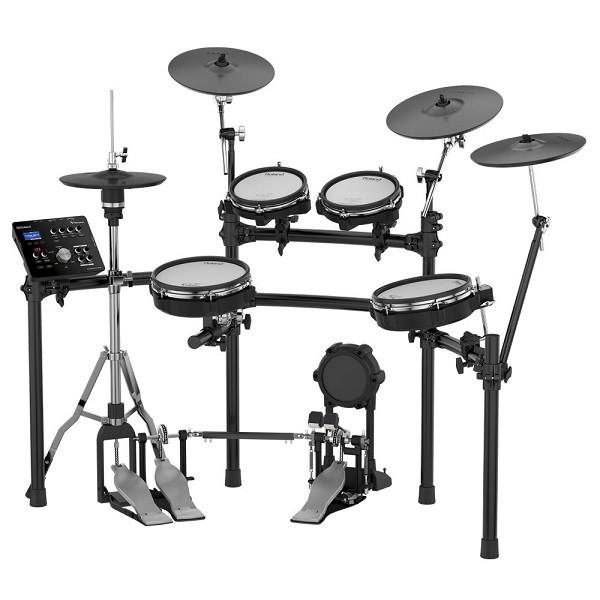Here a tabla can easily accomplish the task and majorly used
in some specific Asian countries as a beat making instrument.
What is a tabla and where you can find it?
This is treated as the traditional music instrument in
India, Pakistan, Bangladesh, Nepal and Sri Lanka. You can hear it to be called
as Indian drums as it is one of the main instruments played with classical
music of India. This instrument is nothing but a pair of two distinct looked
hand drums. One of them that are played with the dominant hand is known as the
Dayan and the other, which is to accompany it and stroked with the left hand
fingers is the Bayan.
Dayan consists a cylindrical wooden shell and Bayan is made
metallic shell and both of them have a tight goat leather skin at the open
mouth of the shells bound tightly. When the finger stroke is made against the
skin of both the Dayan and Banyan, the beat is created. The Dayan is first set
to the pitch by adjusting the tuning wedges, which are held by the leather
straps around the Dayan. This instrument player has to hit on the black colored
GAB that is the both drums.
A brief history about the this instrument
This instrument is not any modern instrument and it was
invented as the 'taal' or the rhythm was counted in the context of Indian
music. From the 'Vedic' or the 'Upanishad' era in India the concept of this
instrument was developed through the evolution of an 'Mridang'. The walls of
many old temples and the caves bear the carvings which have the proof of the
presence of this instrument in ancient India. In Karnataka in the Hoysaleshwara
temple, one can find a carving that portrays a woman, playing this instrument
during a dance performance.
The rhythms that can be played
The variety of 'Taal's could not have existed if this
instrument was not invented. Tabla
instrument acts as a must playing instruments when a classical music is
being played. The 'raag' of a sitar is completed with the guided rhythms of
this instrument. Music consists different keys to please one's heart and with
the song's flow is broken and recreated through rhythms having different
patterns of beats called 'Taal'.
The playing style of this instrument can be divided into
several categories that are called 'Gharana'. There are some popular gharanas
like Ajara Gharana, Benares gaharans, Delhi Gharana, Farukhabad Gharana,
Lucknow Gharana, and Punjab Gharana. These mentioned gharanas are created
according the style of playing in those particular places that the name they
are having. Other than that, some gharanas have been made in the style of some
eminent players. Those are Dildaar Hussain, Zakir Hussain, and Alla Rakha
gharanas.
International acceptance of this instrument
May be initially this instrument was a traditional
instrument and only played with the classical music’s, but nowadays as the
fusion of eastern and western culture is being created the better version of
this instrument is possible to experience. Playing this instrument is easy for
them who have a perfect sense of beats and if you play it perfectly it can
anytime make your heart pounding and will dominate it with its own sound
leaving a hypnotizing effect of music.


